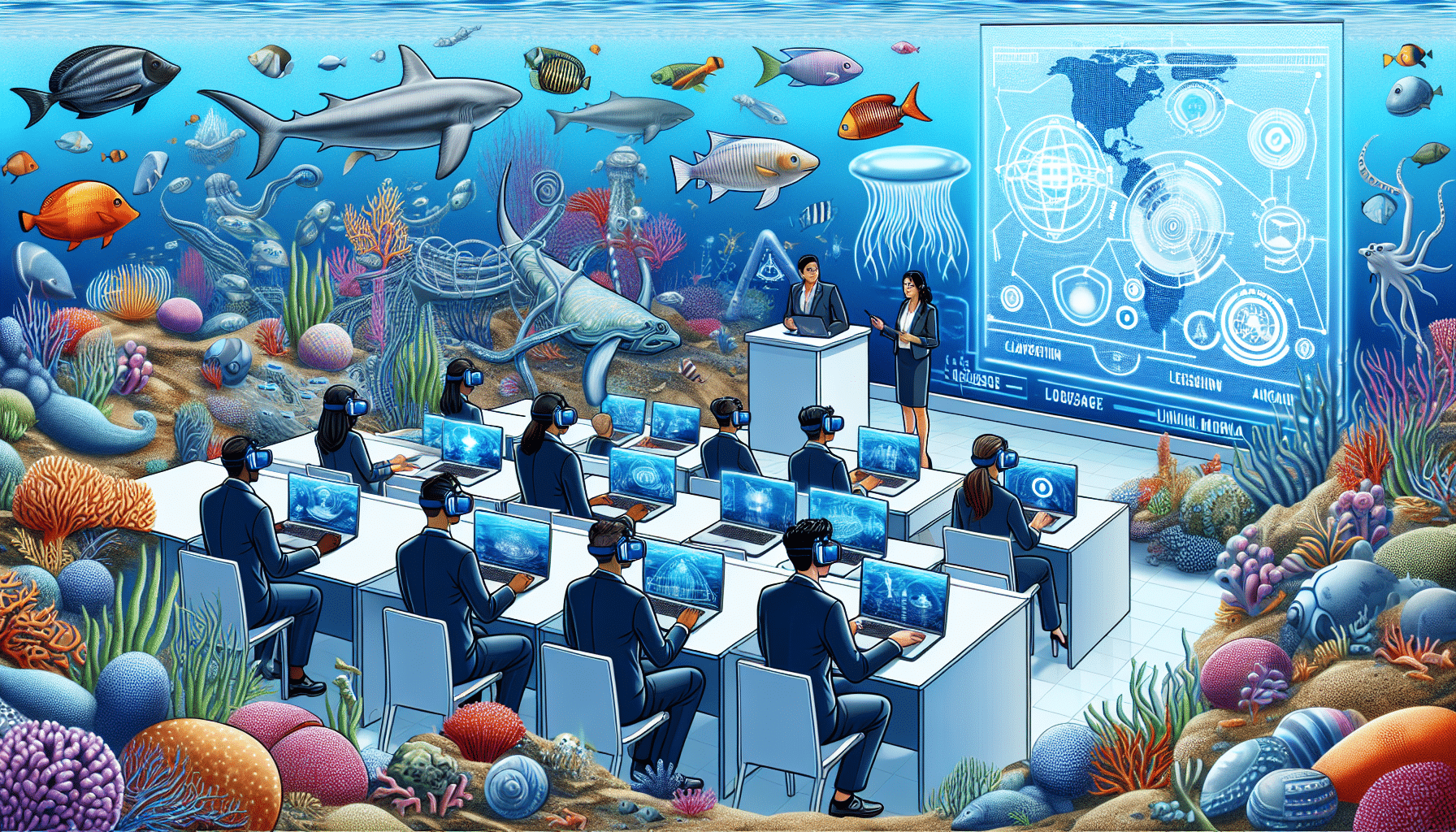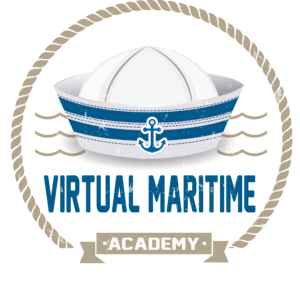Introduction to Marine Pollution Training Programs
Marine pollution is one of the most pressing environmental issues of our time, affecting aquatic ecosystems, wildlife, and human health worldwide. As awareness of this issue grows, so does the recognition of the need for targeted education and actionable knowledge-sharing. Marine pollution training programs are designed to equip individuals, communities, and professionals with the necessary tools and knowledge to combat this global crisis effectively.
The Scope and Impact of Marine Pollution
Before diving into the specifics of training programs, it is crucial to understand the extent and impact of marine pollution. The oceans cover more than 70% of the Earth’s surface and are vital to global ecosystems, climate regulation, and the economy. Pollution, ranging from plastic and chemicals to sewage and industrial waste, poses a severe threat to marine life and human health. These pollutants can enter marine ecosystems through various pathways, including direct discharges, riverine input, and atmospheric deposition, leading to devastating consequences such as habitat destruction, loss of biodiversity, and accumulation of toxins in the food chain.
Goals of Marine Pollution Training Programs
The primary goal of marine pollution training programs is to educate and empower stakeholders to take proactive steps towards reducing marine pollution. These training programs typically aim to:
- Increase awareness about the types and sources of marine pollution.
- Provide practical knowledge on how to prevent, mitigate, and manage pollution.
- Encourage sustainable practices among industries, policymakers, and communities.
- Build capacity for effective policymaking and enforcement of environmental regulations.
- Promote research and innovation in pollution management technologies.
Key Components of Effective Marine Pollution Training Programs
Effective training programs are comprehensive and cater to a variety of audiences, from school students to government officials. Key components include:
Curriculum Development
A well-structured curriculum tailored to the needs of the target audience is essential. For students, programs might focus on the science behind pollution and its effects on ecosystems, while training for professionals may delve into legal frameworks, policy-making, and advanced technological solutions for pollution control.
Interactive Learning Experiences
Hands-on activities, such as beach clean-ups, data collection, and case study analyses, make learning engaging and memorable. These activities not only enhance understanding but also foster a practical approach to solving real-world problems.
Collaboration and Networking
Building networks among diverse stakeholders, including NGOs, government agencies, educational institutions, and the private sector, can leverage collective expertise and resources for a more significant impact.
Continuing Education and Advocacy
Ongoing education efforts are crucial to keep communities engaged and informed about new developments in pollution research and policy. Additionally, advocacy training can empower individuals and groups to lead community initiatives and influence policy at various levels.
Case Studies of Successful Programs
Several programs worldwide serve as exemplary models of effective marine pollution training. For instance, the Marine Debris Program run by NOAA (National Oceanic and Atmospheric Administration) offers comprehensive educational materials and funds community-based removal projects. Similarly, the Plastic Pollution Coalition provides resources and networking opportunities for educators, scientists, and activists working towards a plastic-free ocean.
Challenges and Opportunities
Despite the success of various programs, challenges such as limited funding, political resistance, and public apathy can impede progress. Addressing these challenges requires innovative funding solutions, persuasive advocacy, and persistent public engagement campaigns. However, the growing international focus on environmental sustainability presents numerous opportunities for expanding and enhancing marine pollution training programs.
Marine pollution is a solvable issue, but it demands global cooperation, sustained commitment, and comprehensive educational initiatives. By expanding and supporting marine pollution training programs, societies worldwide can help preserve oceanic health, protect biodiversity, and ensure clean water resources for future generations.














